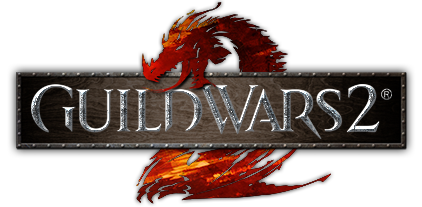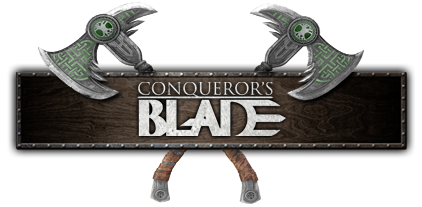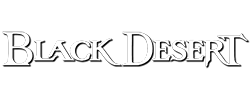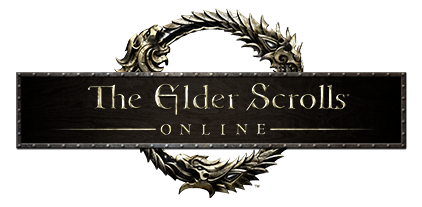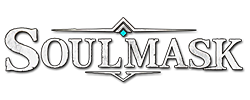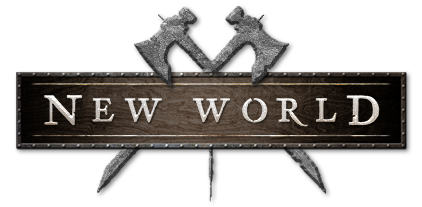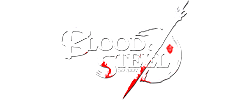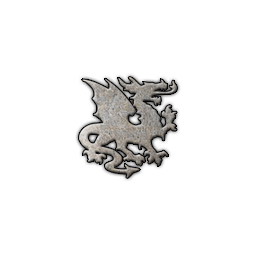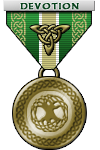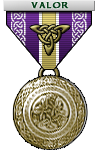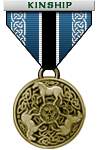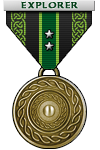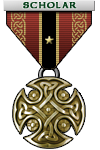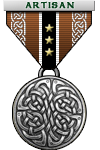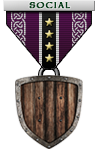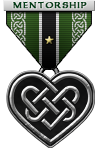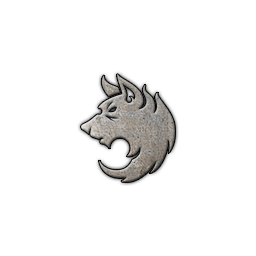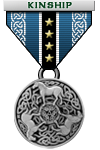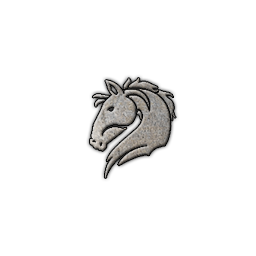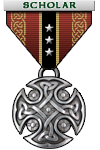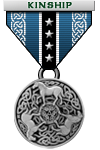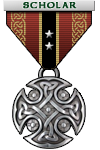Hey Guys, Found some interesting things you might like to see. These images are from the actual book, Lebor Gabala Erenn, which contains the story we are based off of.






About the Book of Invasions (Leabhar Gabhála or Lebor Gabála Érenn)
The Book of Invasions (Leabhar Gabhála) is an origin legend for the people living on the island of Ireland. The narrative traces the history of Ireland back to Noah and Cessair, daughter of Noah, who is said to have arrived forty days before the Flood. It then tells the story of the arrival of other settlers: Parthalon, Nemed, the Fir Bolg, the Tuatha Dé Danann and finally the Milesians. The story formed a standard element of the history of Ireland (seanchas) as recorded by medieval scholars.
This version of the Leabhar Gabhála (23 M 70) was compiled for Brian Ruadh Meguidir (Maguire), Baron of Inniskillen. It was written in the Irish language, in 1631, at the Franciscan convent of Lisgoole beside Lough Erne, in County Fermanagh. This new recension was a collaborative project, and involved the revision of an earlier version ultimately derived from that in Leabhar na hUidhre (Book of the Dun Cow). The scholars known to have drafted this version of the Leabhar Gabhála in 1631 are MÃcheál Ó Cléirigh, Fearfeasa Ó Maoil Chonaire, Cú ChoigcrÃche Ó Cléirigh, Cú ChoigcrÃche Ó Duibhgeannáin (compilers of the Annals of the Four Masters) together with Maguire’s own chronicler, Giolla Pátraic Ó LuinÃn. MS 23 M 70 is in the hand of MÃcheál Ó Cléirigh. A more complete copy of the same recension of Leabhar Gabhála is preserved in RIA MS 23 K 32 (Cat. Irish Mss in RIA, no. 617), believed to be in the hand of Cú ChoigcrÃche Ó Cléirigh.
The manuscript was probably taken to Louvain (Belgium) by MÃcheál Ó Cléirigh in 1637 and remained on the continent until the 1980s. It came to light in Berlin in the possession of Barbara Meyer, a grand-niece of Kuno Meyer. It was discovered amongst the papers of his brother, Edward Meyer, and through the assistance of Professor Proinsias Mac Cana, Dr Christian Hoffman and Dr Rolf Baumgarten, it was purchased for £700 by the Academy in 1987. £50 was contributed by Liam de Paor, MRIA.
The manuscript is fragmentary in places, and the text is incomplete. The stained and fragile paper manuscript was cleaned, repaired and bound between 1988 and 1993 by Matthew Hatton (Trinity College Dublin, Conservation Laboratory) at a cost of Ir£2,940. The wetting of the leaves for cleaning improved the colouration and Japanese paper was toned to match the 17th century paper for repairs and infills. The leaves were collated by analysis of the paper, original sewing marks, etc. and the collation was checked by Rolf Baumgarten (Dublin Institute for Advanced Studies). The manuscript is now bound in a limp vellum Irish calf binding, sewn with Irish linen line yarn and housed in a phased box.
- Rolf Baumgarten, ‘An Irish manuscript in Berlin’, Celtic Cultures Newsletter 5 (December 1987).
- Rolf Baumgarten, ‘Kuno Meyer’s Irish manuscript’, Newsletter of the School of Celtic Studies, Dublin Institute for Advanced Studies, 1 (1987).
- John Carey, ‘Lebor Gabála and the legendary history of Ireland’ in Helen Fulton (ed.), Medieval Celtic literature and society (Dublin, 2005), 32-48.
- Bernadette Cunningham, ‘Annals and other histories of Ireland’ in Bernadette Cunningham and Siobhán Fitzpatrick (eds), Treasures of the Royal Irish Academy Library (Dublin, 2009), 71-8.
- Myles Dillon, ‘Lebor Gabála Érenn’, JRSAI 86 (1956), 62-72.
- R.A.S. Macalister and J. Mac Neill (eds), Leabhar Gabhála: the book of conquests of Ireland. The recension of MÃcheál Ó Cléirigh. Part I (no further parts published) (Dublin, 1916). [This edition is based on RIA MS 23 K 32, but the edition is unfinished and also omits the preface and address to the reader.]
- R.A.S. Macalister (ed.), Lebor Gabála Érenn (5 vols, Dublin, 1938-56) [= Irish Texts Society, vols 34, 35, 39, 41, 44].
- Eugene O’Curry, Lectures on the manuscript materials of ancient Irish history (Dublin, 1861).
- Mark Scowcroft, Leabhar Gabhála: Part I: The growth of the text, Ériu 38 (1987), 81-142; Leabhar Gabhála: Part II: The growth of the tradition, Ériu 39 (1988), 1-66.













